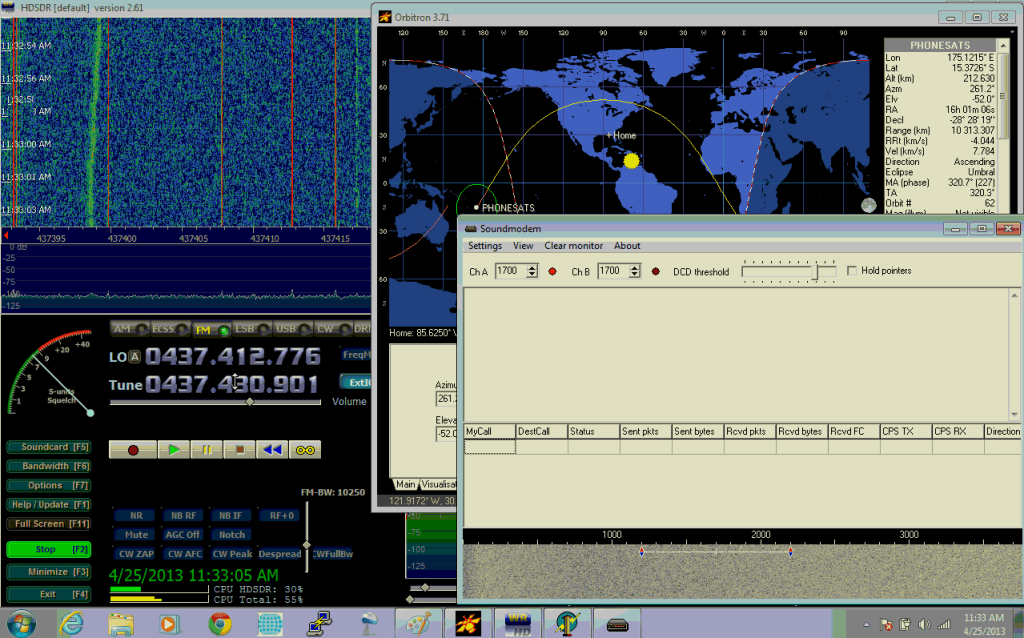Integrated RTL-SDR HF Upconverter
Over at KF7LZE’s Blog a post about an upcoming integrated HF upconverter using tiny surface mount components has been posted. It is made by Marty KN0CK and will be for sale on KF7LZE’s site soon.
Marty KN0CK developed a very interesting v1.0 HF converter based on surface mount technology that fits inside the casing of an RTLSDR tuner dongle. He’s recently sent me schematics for the revision, which should offer even better performance.




